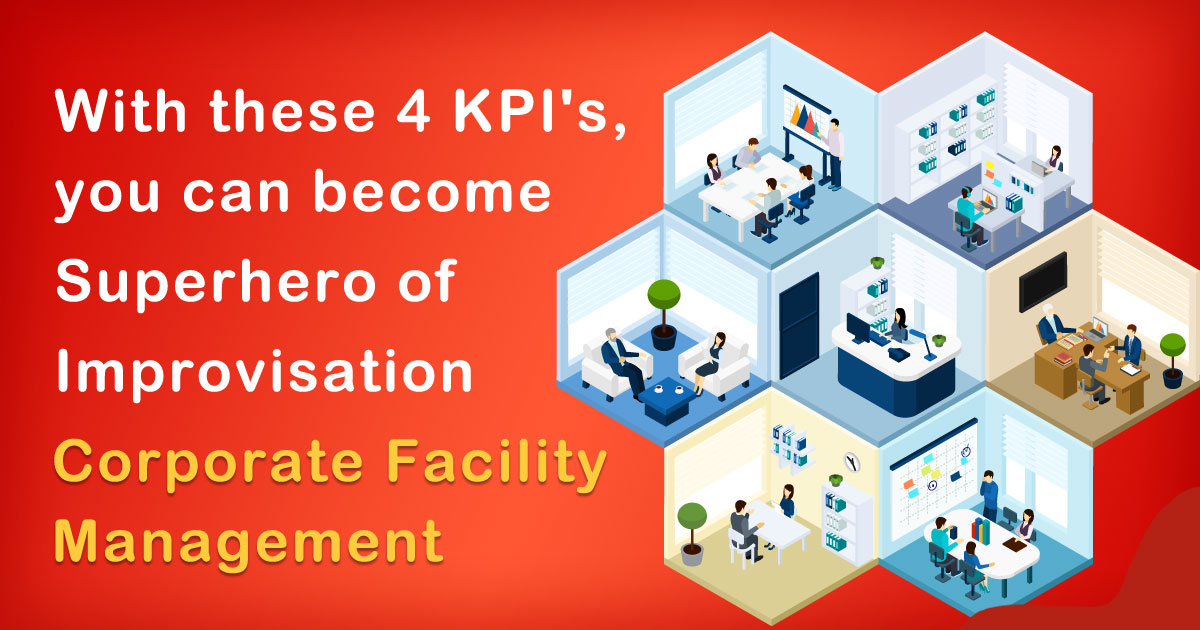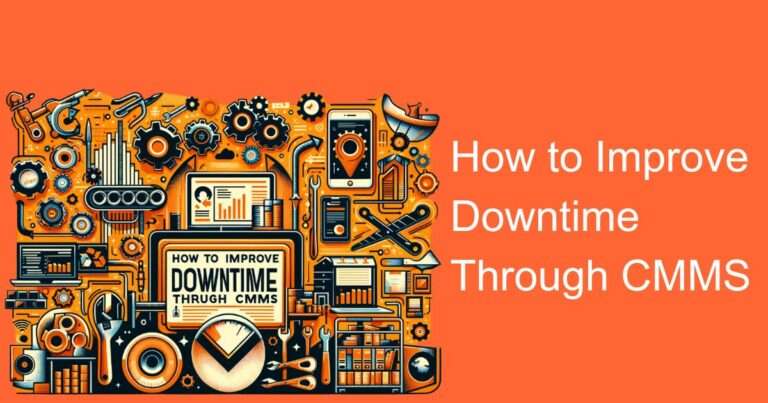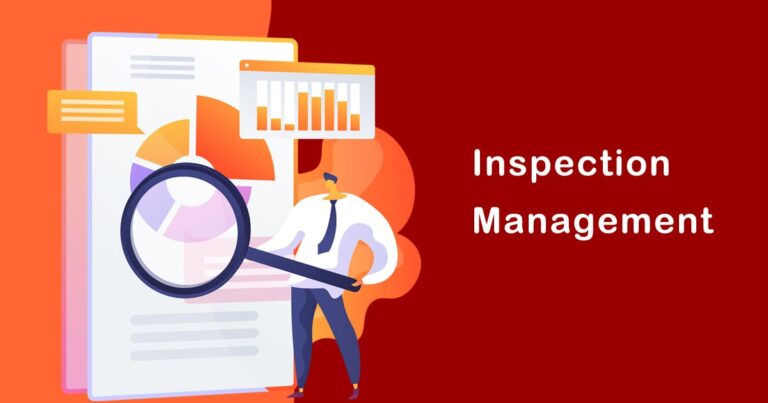Introduction
In the dynamic world of corporate facility management, success hinges on efficiency, productivity, and the ability to adapt swiftly to challenges. Facility managers act as the unsung heroes, ensuring smooth operations and optimal performance of assets. To achieve superhero status in this demanding role, focusing on key performance indicators (KPIs) is crucial. In this article, we will explore four vital KPIs – MTTA, MTTR, MTBF, and MTTF – and how they can be utilized to excel in facility management across various industries.
1. Mean Time to Acknowledge (MTTA):
MTTA measures the time taken from the moment an issue is reported or detected until it is acknowledged by the facility management team. Swift acknowledgement of problems is essential as it lays the groundwork for timely resolution and minimizes potential disruptions. The MTTA KPI directly influences customer satisfaction and overall operational efficiency.
Example: In a corporate office setting, a faulty air conditioning unit is reported to the facility management team. The MTTA metric starts counting the moment the complaint is received, and the team acknowledges it promptly, validating the issue’s importance. Faster acknowledgment allows them to prioritize the repair process, mitigating any discomfort experienced by employees due to the malfunctioning air conditioning.
2. Mean Time to Repair (MTTR):
MTTR measures the average time taken to repair a faulty asset or system after the issue has been acknowledged. A low MTTR implies swift and effective problem-solving, reducing downtime and ensuring business continuity. A facility manager’s ability to optimize MTTR can significantly impact the overall operational resilience.
Example: In a manufacturing facility, a critical production machine breaks down. The facility management team, having acknowledged the issue efficiently, now focuses on quick repairs. They leverage their expertise and promptly obtain the required spare parts, leading to a reduced MTTR. As a result, production resumes without prolonged disruption, maintaining optimum productivity levels.
3. Mean Time Between Failures (MTBF):
MTBF indicates the average time interval between two consecutive failures of an asset or system. A higher MTBF signifies the asset’s reliability, which directly impacts maintenance costs and resource allocation. By improving MTBF, facility managers can prolong asset lifespan and reduce downtime, leading to cost savings.
Example: In a data center, the MTBF of servers is meticulously tracked. By conducting regular preventive maintenance
and adhering to best practices, the facility management team ensures that servers have a longer MTBF. This results in reduced unplanned outages, data loss, and minimized impact on business operations.
4. Mean Time to Failure (MTTF):
MTTF represents the average time a component or asset operates until it fails beyond repair or is no longer cost-effective to maintain. A higher MTTF implies longer-lasting assets and optimized lifecycle management, leading to enhanced asset utilization and better financial planning.
Example: In a hotel’s elevator system, the facility management team monitors the MTTF of critical components, such as the motor and control systems. By proactively replacing aging parts and adhering to a stringent maintenance schedule, they can increase the MTTF of elevator components, reducing the likelihood of sudden breakdowns and elevating guest satisfaction.
Conclusion:
In the high-pressure realm of corporate facility management, leveraging the power of KPIs can truly transform facility managers into improvisation superheroes. By focusing on MTTA, MTTR, MTBF, and MTTF, facility managers can optimize operational efficiency, reduce downtime, enhance asset reliability, and ensure seamless business continuity. Through industry-specific examples, we have seen how these KPIs can be effectively applied to diverse assets and maintenance activities. Embracing these metrics as guiding principles, facility managers can master the art of improvisation and successfully navigate the complexities of their roles, cementing their position as indispensable assets to any organization.








